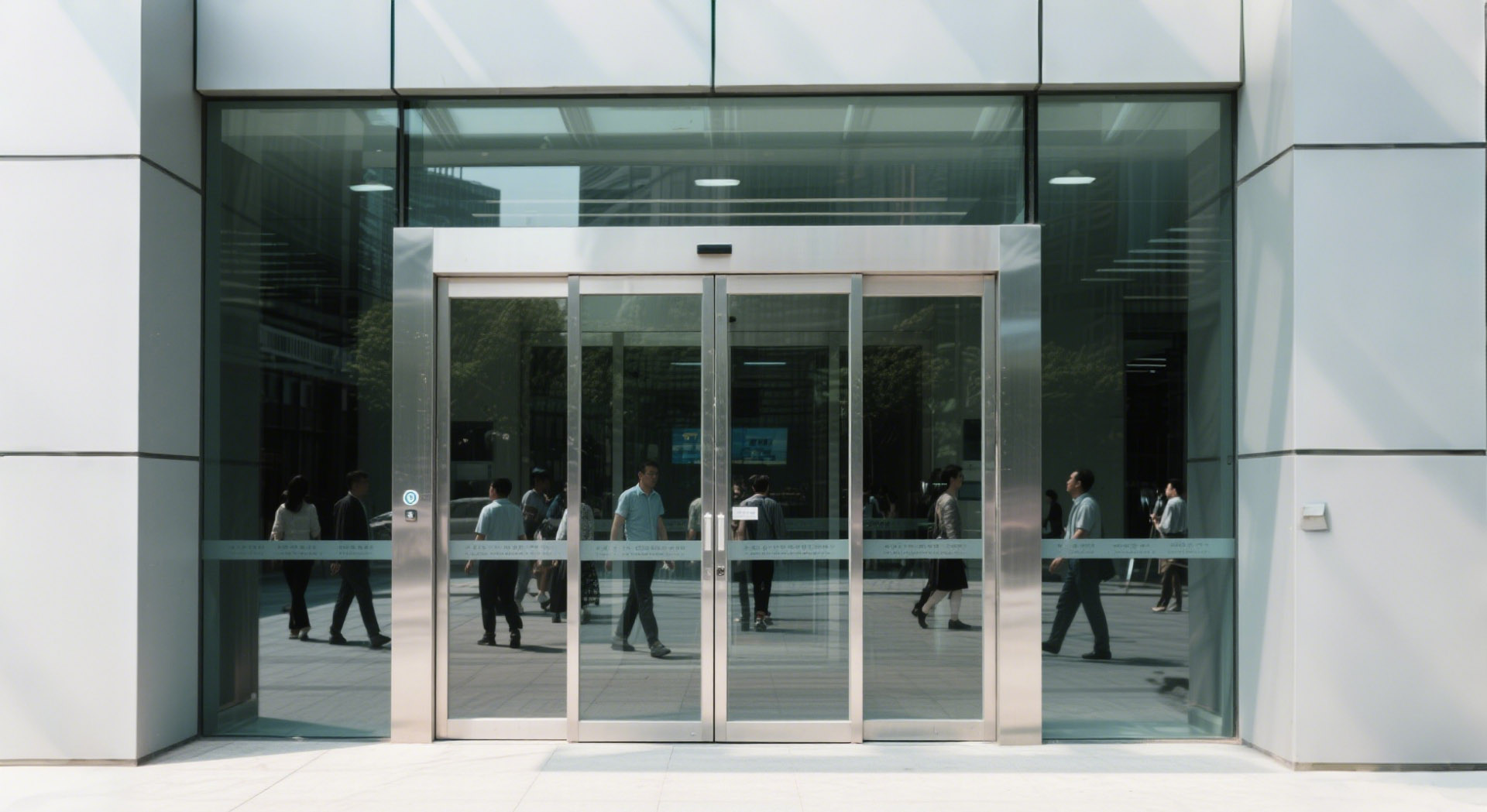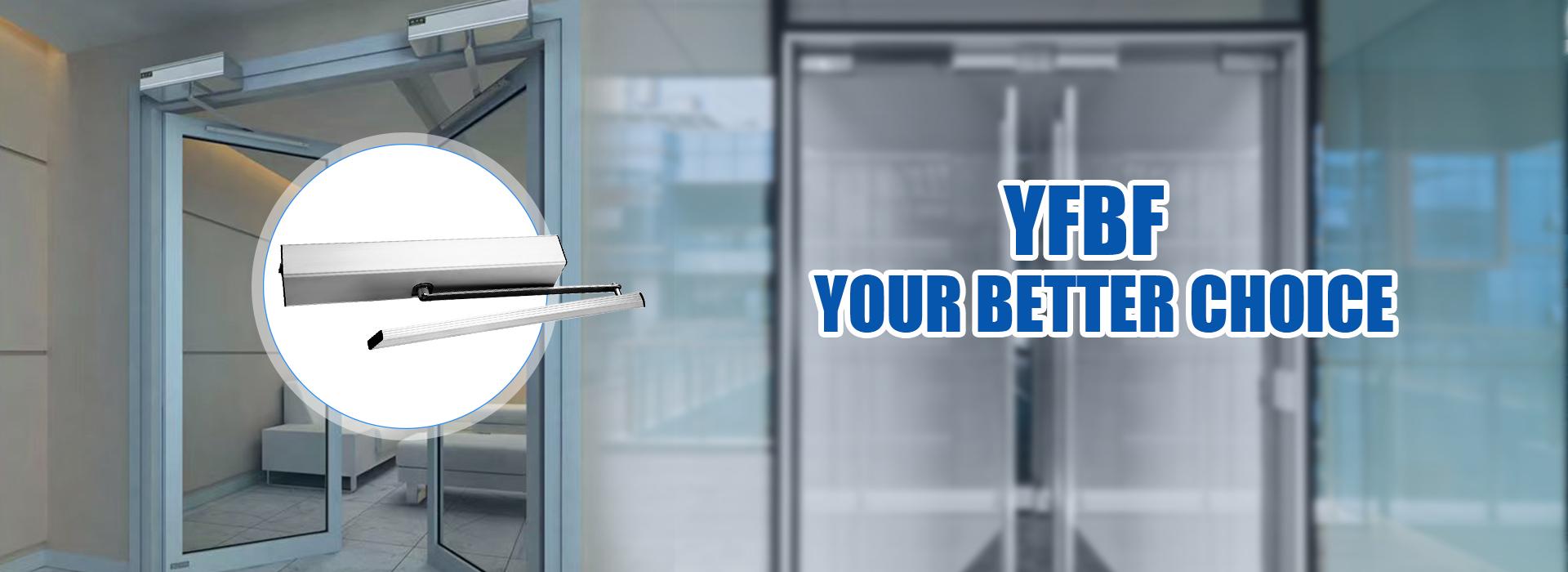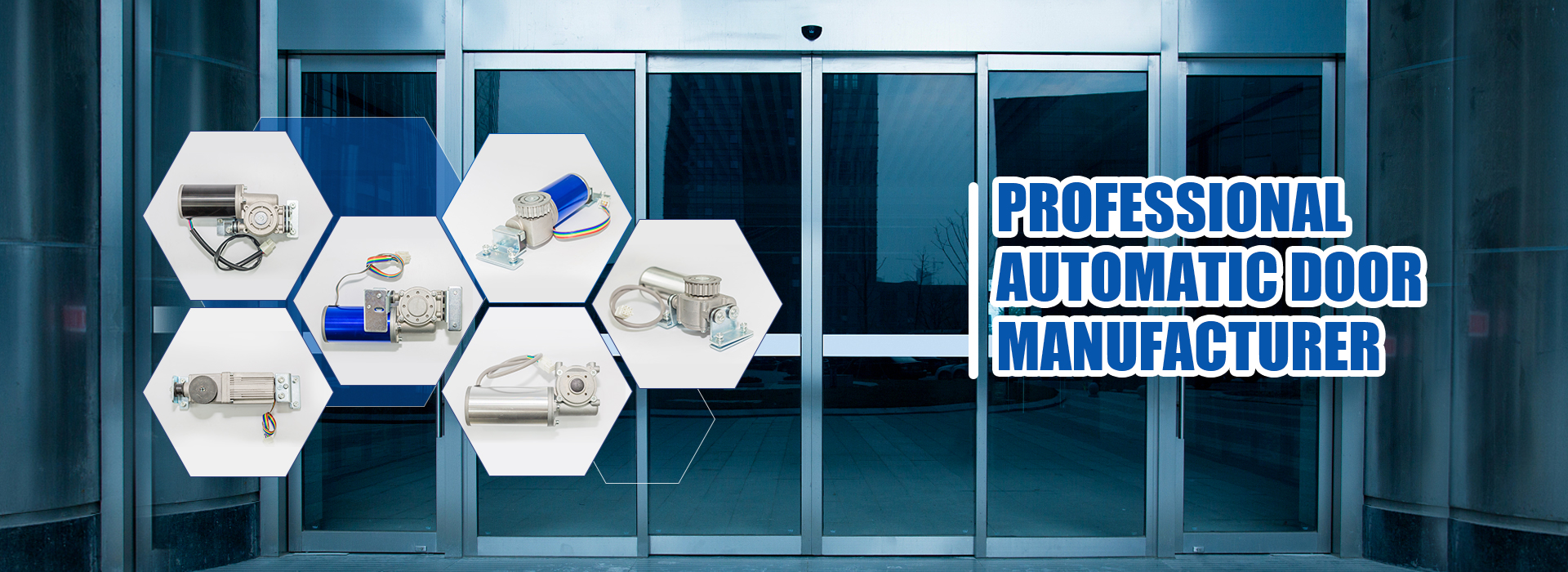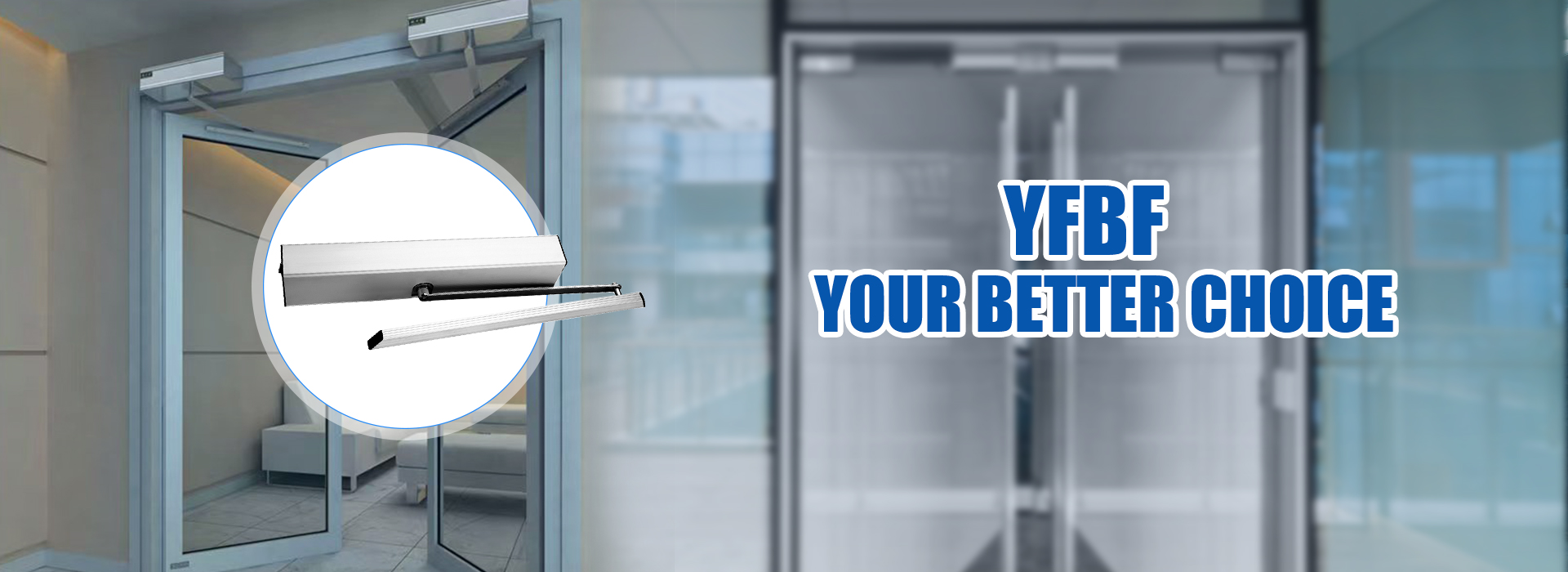
Sliding Door Operator systems help businesses improve safety by reducing the need for physical contact. Many companies now use these automatic doors, especially after the COVID-19 pandemic increased demand for touchless solutions. Hospitals, offices, and factories rely on this technology to lower accident risks and support cleaner, safer environments.
Key Takeaways
- Sliding door operators use sensors to prevent accidents by stopping doors from closing when people or objects are detected, making entrances safer for everyone.
- Touchless sliding doors reduce the spread of germs and lower injury risks, helping businesses maintain cleaner and healthier environments.
- Regular maintenance and staff training keep sliding doors working smoothly and safely, ensuring quick emergency exits and long-lasting performance.
Sliding Door Operator Safety Features and Compliance
Accident Prevention with Advanced Sensors
Sliding Door Operator systems use advanced sensors to keep people safe. These sensors detect movement and obstacles near the door. If someone stands in the doorway, the sensors stop the door from closing. Some systems use infrared beams, while others use radar or microwave sensors. For example, the YFBF BF150 Automatic Sliding Door Operator uses a 24GHz microwave sensor and infrared safety sensors. These features help prevent accidents and injuries.
Did you know?
A study found that about 20 people died and 30 suffered serious injuries each year from sliding door ejections between 1995 and 2003. New safety rules now require sliding doors to have a second latch or a warning system. These changes help reduce accidents and save lives.
| Evidence Aspect | Details |
|---|---|
| Fatality and Injury Data | Approximately 20 fatalities and 30 serious injuries annually from sliding door ejections (1995-2003 data). |
| Advanced Safety Features | Requirement for sliding doors to have either a secondary latched position or a door closure warning system. |
| Accident Reduction Estimates | Expected reduction of 7 fatalities and 4 serious injuries annually by preventing ejections through improved door retention. |
| Regulatory Updates | FMVSS No. 206 updated to harmonize with Global Technical Regulation (GTR), including new latch and warning requirements. |
Touchless Operation and Hazard Reduction
Touchless operation is a key benefit of modern Sliding Door Operator systems. People do not need to touch the door to open it. This reduces the spread of germs and keeps hands clean. Touchless doors also lower the risk of pinched fingers or getting caught in the door. The BF150 model allows users to walk up to the door, and it opens automatically. This feature is important in hospitals, offices, and public spaces.
Industry reports highlight several safety measures for sliding door operators:
- Operators must include secondary entrapment protection devices, such as photoelectric or edge sensors, that reverse the door if triggered.
- The system checks these sensors during each closing cycle to ensure they work correctly.
- If a sensor fails, the door will not move until the problem is fixed.
- Both external and internal devices can provide this protection.
- Wireless safety devices must meet strict installation and operation rules.
- Software in these systems must follow UL 1998 safety standards.
These steps help prevent accidents and keep everyone safe.
Security Enhancements and Access Control
Sliding Door Operator systems also improve building security. Many businesses use access control features like card readers or biometric scanners. These tools make sure only authorized people can enter certain areas. In hospitals, for example, biometric scanners and card readers help protect sensitive rooms. These systems can connect to cameras for real-time monitoring. They also keep records of who enters and leaves, which helps with security checks.
Access control systems use hardware and software to check each person’s identity. They may use RFID cards or fingerprints. Only people with permission can open the door. This reduces the risk of unauthorized entry. Some systems even use anti-tailgating sensors to stop more than one person from entering at a time. These features help businesses meet strict security rules and keep people safe.
Emergency Egress and Regulatory Compliance
Sliding Door Operator systems must allow for quick and safe exits during emergencies. In case of fire or power failure, the doors should open easily so everyone can leave the building. The BF150 model can work with backup batteries, so it keeps working even if the power goes out. This feature is important for hospitals, malls, and other busy places.
Safety standards require regular checks of automatic doors. The 2017 BHMA A156.10 standard says that all automatic doors must have monitored safety sensors. These sensors must be checked before each closing cycle. If a problem is found, the door will not operate until it is fixed. The American Association of Automatic Door Manufacturers recommends daily safety checks and yearly inspections by certified technicians. These rules help businesses stay compliant and protect everyone inside.
Sliding Door Operator Hygiene, Maintenance, and Ongoing Protection

Contactless Entry and Germ Reduction
Contactless entry systems help keep businesses cleaner and safer. When people do not touch door handles, they leave fewer germs behind. Hospitals and clinics have seen big changes after installing touchless sliding doors. Clinical studies in healthcare journals show that hospitals using these systems saw up to a 30% drop in hospital-acquired infections within one year. These hospitals also reported a 40% decrease in surface contact points. Fewer contact points mean fewer chances for germs to spread. The World Health Organization and the CDC both support these findings. They agree that automated sliding doors help stop the spread of harmful bacteria and viruses. Businesses that use contactless entry protect both staff and visitors from illness.
Tip:
Place hand sanitizer stations near automatic doors to add another layer of protection for everyone entering or leaving the building.
Routine Maintenance and Daily Safety Checks
Regular maintenance keeps sliding doors working safely and smoothly. Staff should check the doors every day to make sure they open and close without problems. They should look for signs of wear or damage on the tracks, sensors, and moving parts. Cleaning the sensors and tracks helps prevent dust or debris from causing malfunctions. Many businesses follow a simple checklist:
- Inspect door tracks and rollers for dirt or damage.
- Test sensors to make sure they detect people and objects.
- Listen for unusual noises during operation.
- Check that the door opens fully and closes gently.
- Make sure backup batteries work in case of power loss.
A well-maintained Sliding Door Operator reduces the risk of accidents and keeps the entrance safe for everyone. Scheduled professional inspections, at least once a year, help catch problems early and extend the life of the system.
Staff Training and User Awareness
Training staff on proper use and care of automatic doors is important for safety. Employees should know how to spot problems and report them quickly. They should understand how to use manual release features during emergencies. Businesses can use signs or posters to remind everyone about safe door use. For example, signs can ask people not to block the doorway or force the door open.
A simple training session might include:
| Training Topic | Key Points to Cover |
|---|---|
| Safe Door Operation | Stand clear of moving doors |
| Emergency Procedures | Use manual release if needed |
| Reporting Issues | Tell maintenance staff about problems |
| Hygiene Practices | Avoid touching door edges unnecessarily |
When everyone knows how to use the doors safely, the risk of accidents goes down. Good training and clear reminders help keep the workplace safe and efficient.
Sliding Door Operator systems help businesses create safer environments. Market reports show these doors prevent accidents by using sensors that detect obstacles.
- Studies in hospitals found sliding doors reduce air turbulence and cross-contamination.
- Health guidelines recommend them for infection control and hygiene.
FAQ
How do sliding door operators improve safety in busy areas?
Sliding door operators use sensors to detect people and objects. These sensors help prevent accidents by stopping the door from closing when someone stands nearby.
What maintenance does the BF150 Automatic Sliding Door Operator need?
Staff should check sensors, tracks, and moving parts daily.
Professional technicians should inspect the system at least once a year for best performance.
Can sliding door operators work during power outages?
| Feature | Description |
|---|---|
| Backup Battery | The BF150 can operate with batteries. |
| Emergency Exit | Doors open for safe evacuation. |
Post time: Jul-02-2025



